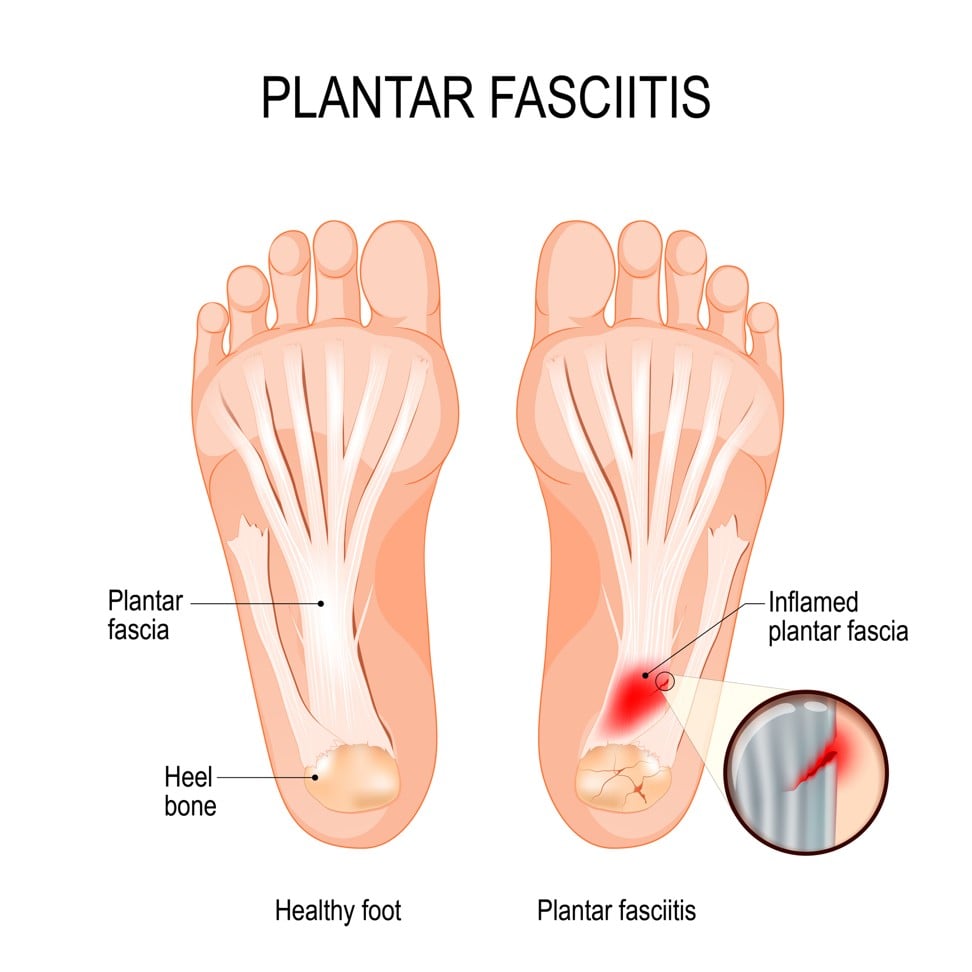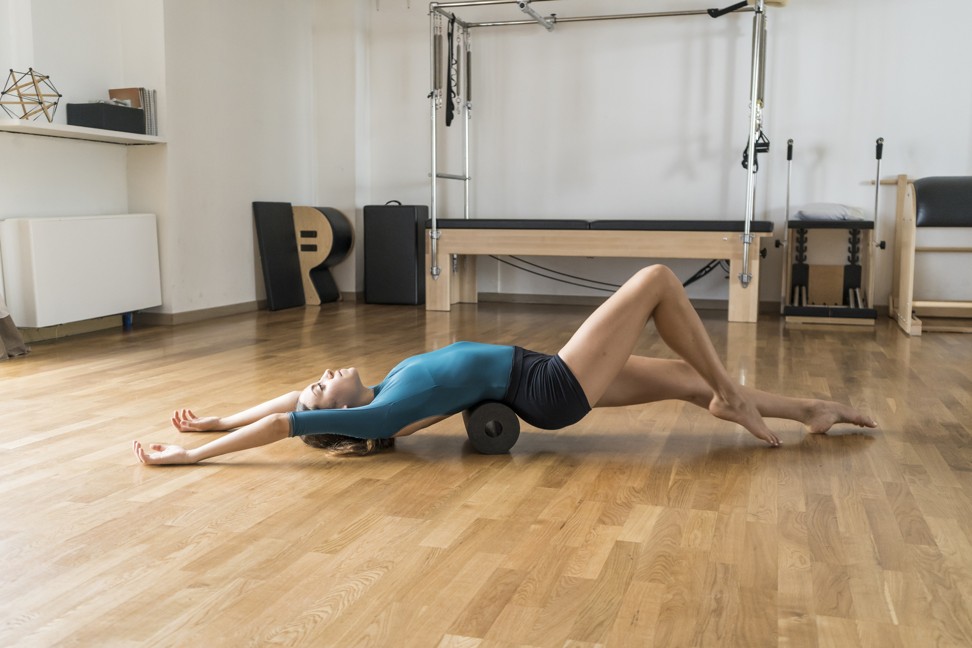What is fascial fitness, and why should we care?
The fascia is our strength system and our recoil rebound mechanism that stores energy like a catapult or spring

The fascial system is the least understood system in the body.
We know it is there, but we are not aware how much power or action potential is stored within the fascial system. It is deeply significant when it comes to how well we move – or not.
So what is it?
All fascia is connective tissue, not all connective tissue is fascia. Fascia is the glue that holds us together, linking the muscles to the bones to the nervous system and the circulatory system to the vital organs.
There is superficial fascia under the skin as well as deep or profound fascia that intertwines our muscles, and then there is the reticulated fascia that supports our vital organs like a net or nylon stocking.
Collagen is also found between the joint surfaces that creates a slippery gliding surface so that our bones never touch each other. This gives us a kind of friction-free hydrodynamic interface that gives us a smooth movement potential when walking, running or simply playing.
Why do we care?
Without the fascia, we are without any support and our muscles will lose their integrity shape and form. For example, without fascia we could take our pectorals and move them down to our abdominals. Not a pretty sight!
The fascia is our strength system and our recoil rebound mechanism that stores energy like a catapult or spring and when it lets go, it is like a bowstring being let go.
Having tight fascia is like driving a car with the handbrake on
Adaptive postural bad habits like slouching over a desk or laptop can create a hardening and drying out of the fascial ground substance which looks a bit like toothpaste but can become like thick caramel.
Fascia is contiguous which means every part of every system is inter-bound by this form of connective tissue so that if you pull on your big toe eventually you will feel it on the bridge of your nose or at the base of your occiput (the back of your head).
Healthy fascia is as important as healthy muscles. Fascia is poorly vascularised which is why it heals and repairs so slowly. Improving fascial pathways by manually releasing fascial tension improves the neural and arterial systems so that the energy and communication via the central nervous system flows easily to the brain stem and then sets in the cerebellum, our seat of memory for movement.
Fascial imbalances from poor posture or past injuries lead to faulty movement patterns. Fascial resistance will limit your joint range of motion, making it much easier to tear the myofascial systems. Having tight fascia is like driving your car with the handbrake on, or wearing a light wet suit all day long.
Are you a Viking or a dancer?
Some people are born with tight fascia. I call them Vikings and others are born with inherently loose fascia. These people are natural movers and make phenomenal dancers. You can be like me – an ectomorph with part Viking and part dancer as part of my body make-up.
In cricket, I am an off-break bowler who needs to be light on my feet and be able to create huge leaps and jumps when getting the ball to float in the air. I have adapted to those movement patterns after more than 50 years of bowling regularly.
How do we make this work for us?
If we could work on fascial integrity and fascial flexibility, how much stronger and more pliable could we all become?
Recently there was a strongman competition on the gulf coast of Florida. The very first competition was pulling two monster trucks weighing 8,000 pounds to 9,000 pounds. The first competitor braced himself and pulled the trucks 5 yards before he screamed out loud. The force and counterforce had torn his left foot plantar fascia. That is an 8,000 pound force! It is quite extraordinary how he had built his fascial strength to bear that weight.
Fascia for the ordinary person has a tensile strength of 2,000 pounds. It is proportionately as strong as reinforced steel, and does not break easily. But when it does tear or degrade through repetitive movements, it forms adhesions or bumps and troughs within the sheets of collagenous tissues. Post-surgery, scar tissue forms that becomes as stiff as super glue.
Staying fascially fit requires work as you need to be very focused on removing resistance and restrictions within these fascial pathways that can and do impair performance. One part of the body that is injured causes a ripple effect throughout the entire fascial system so a neck pain could be a foot problem. A variety of movements is the key to healthy fascia. Don’t get comfortable with routines. Mix and match and vary the speeds and intensity of your movements. Bend and extend and rotate often. Get stretched. Be flexible and think flexible and make fascial fitness a habit and your focus.


